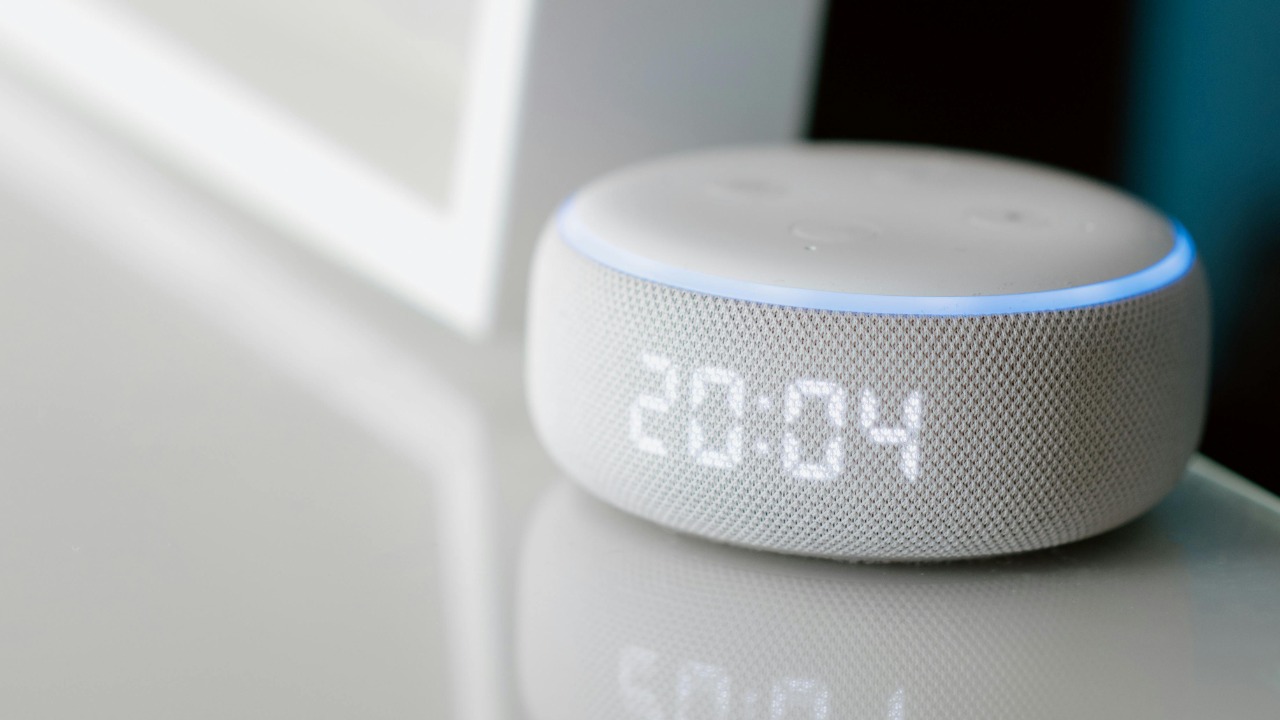
Smart home devices have revolutionized the way we live, offering convenience and automation at our fingertips. However, these technologies come with their own set of vulnerabilities that can be exploited by hackers. Understanding which devices are most commonly targeted can help you take steps to secure your home environment.
Smart Thermostats
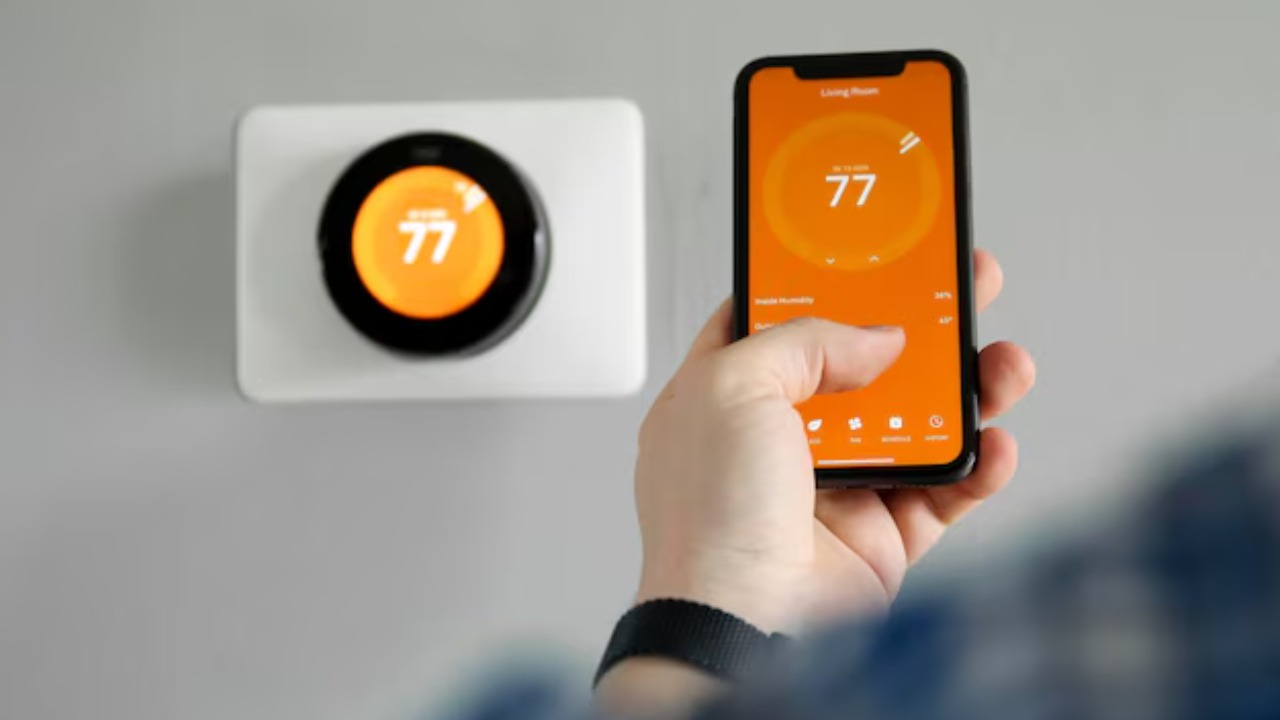
Smart thermostats are popular for their energy-saving capabilities and remote accessibility. However, they are not without security risks. Hackers favor these devices because they can serve as a gateway into your home network. Once compromised, a hacker can gain unauthorized access to other connected devices, potentially gaining control over your heating and cooling systems.
It’s crucial to regularly update firmware and change default passwords to make your smart thermostat less appealing to cybercriminals.
Smart Security Cameras

Smart security cameras are designed to protect your home, yet they often end up being a target for hackers. These devices can be exploited to spy on homeowners, making them a popular choice for cybercriminals.
Securing these cameras requires not only strong, unique passwords but also enabling two-factor authentication and keeping your device firmware updated. Unsecured cameras can provide hackers with live feeds of your home, posing significant privacy risks.
Voice-activated Smart Assistants
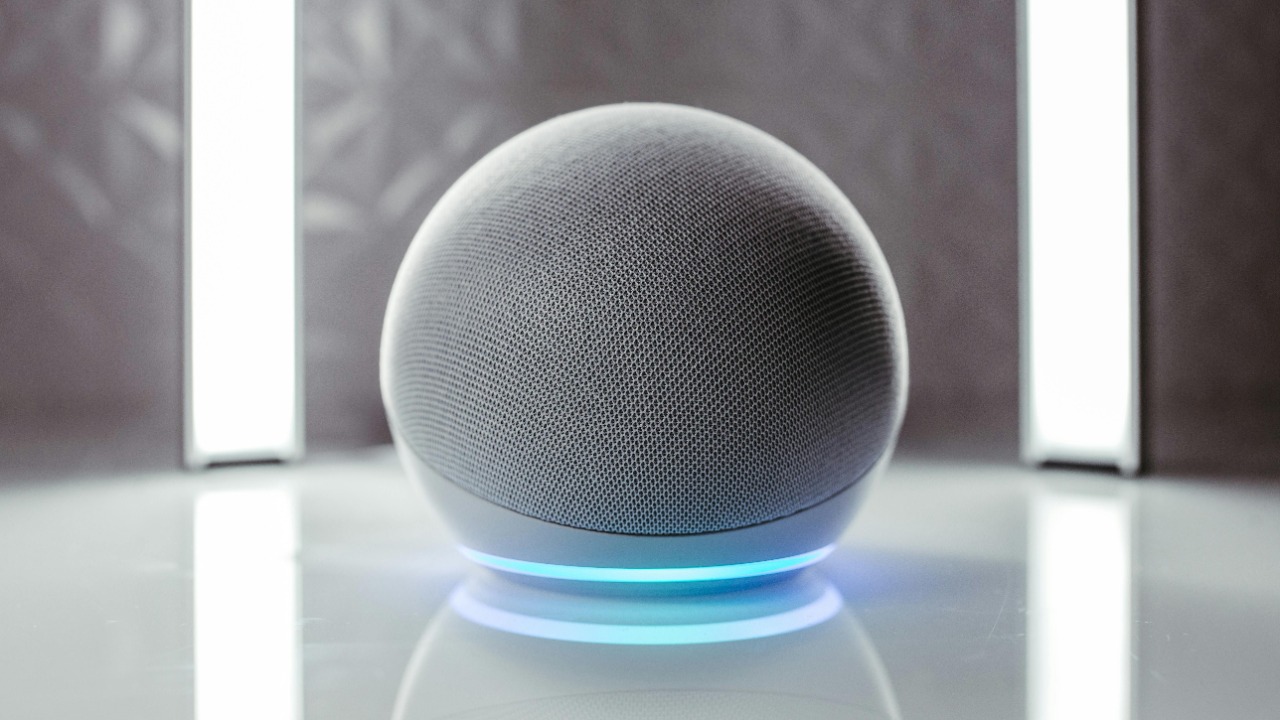
Voice-activated smart assistants like Amazon Alexa and Google Home offer incredible convenience but also pose security concerns. Hackers can exploit vulnerabilities to eavesdrop on conversations or execute unintended commands.
According to research, these devices often lack adequate encryption, making them susceptible to attacks. To protect your privacy, ensure your devices are set to require voice confirmation for sensitive actions and consider disabling features you don’t use.
Smart Door Locks
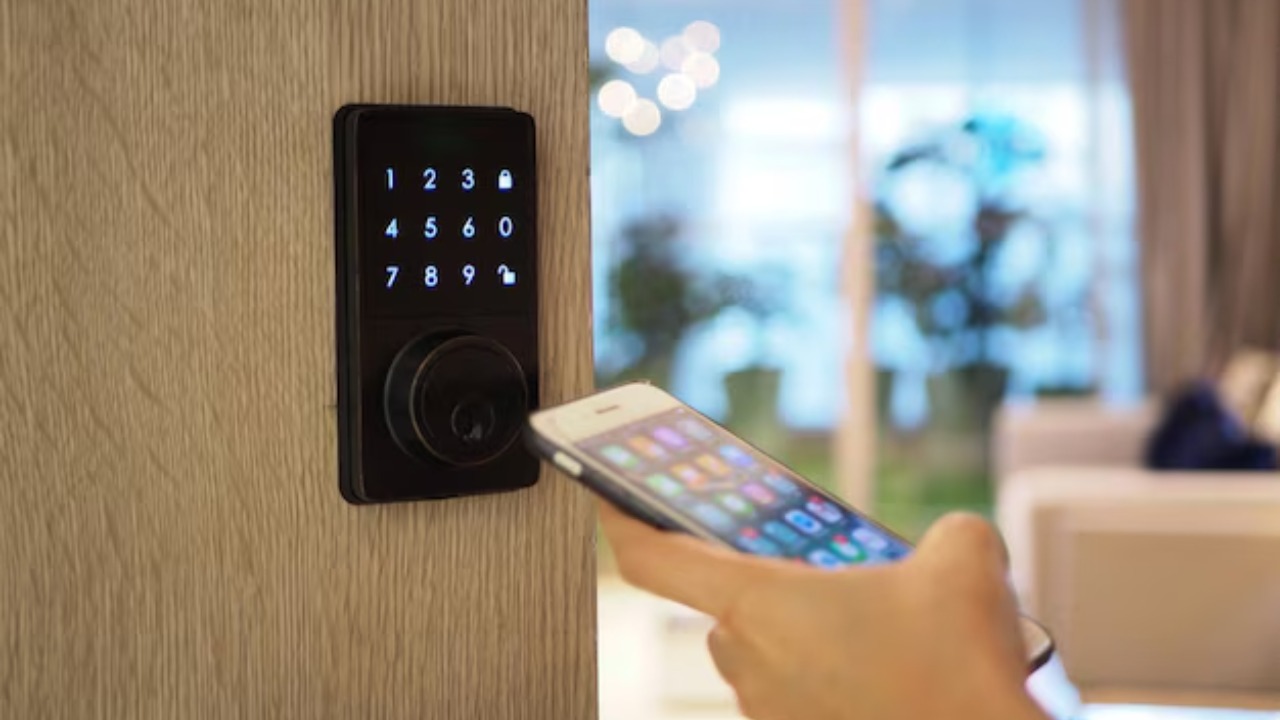
Smart door locks provide keyless entry and enhanced security, yet they are not immune to hacking attempts. Cybercriminals may exploit vulnerabilities to gain unauthorized access to your home. It’s essential to choose locks with strong encryption protocols and regularly update their firmware.
For advice on the best smart door locks, you can check out this guide. Always ensure that your smart lock is part of a secure network to minimize potential breaches.
Smart Lighting Systems

Smart lighting systems are increasingly popular for their energy efficiency and ease of use. However, they can also be a security weak point. Hackers might exploit these systems to gain access to your broader network.
Protecting your smart lighting involves securing your Wi-Fi network and regularly updating the software. Changing default settings and implementing network segmentation can further reduce the risk of unauthorized access.
Smart Home Hubs
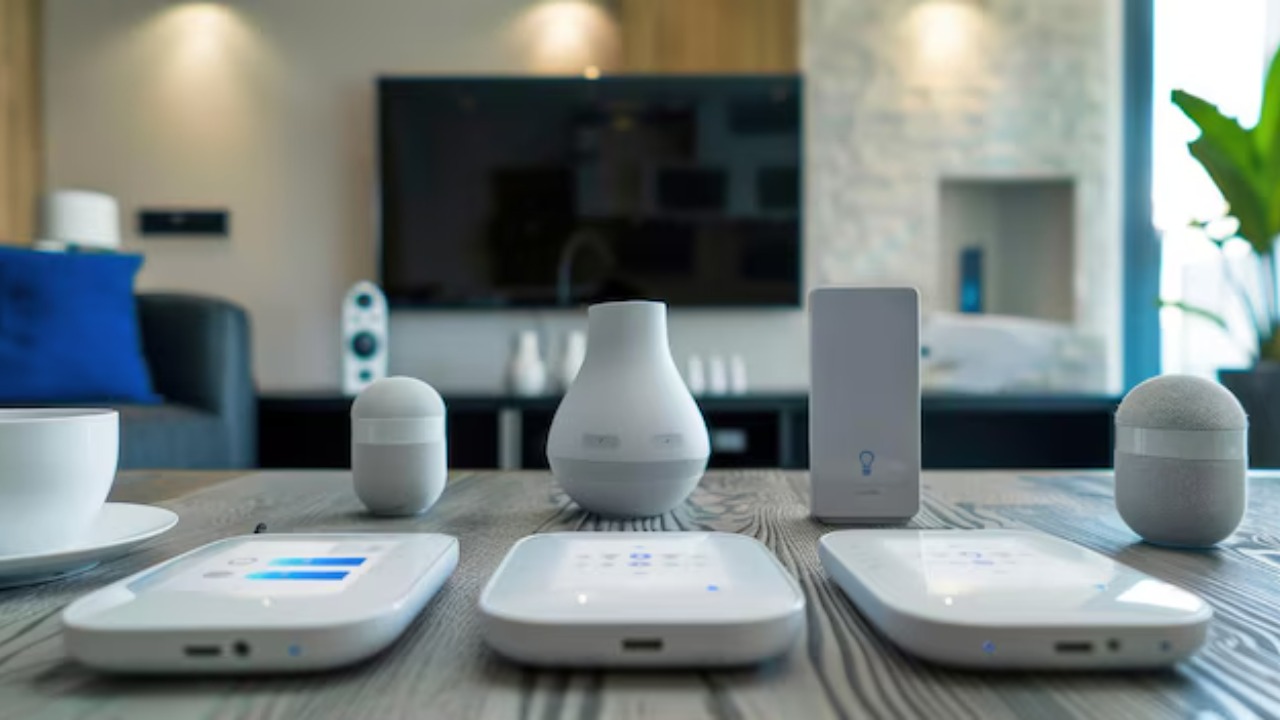
Smart home hubs serve as the command center for connected devices, making them a prime target for hackers. If compromised, they can provide access to all other devices on the network. Regular updates and strong passwords are vital for securing these hubs.
According to this study, using a dedicated network for smart devices can further enhance security. Ensure your hub’s security settings are configured to prevent unauthorized access and potential breaches.